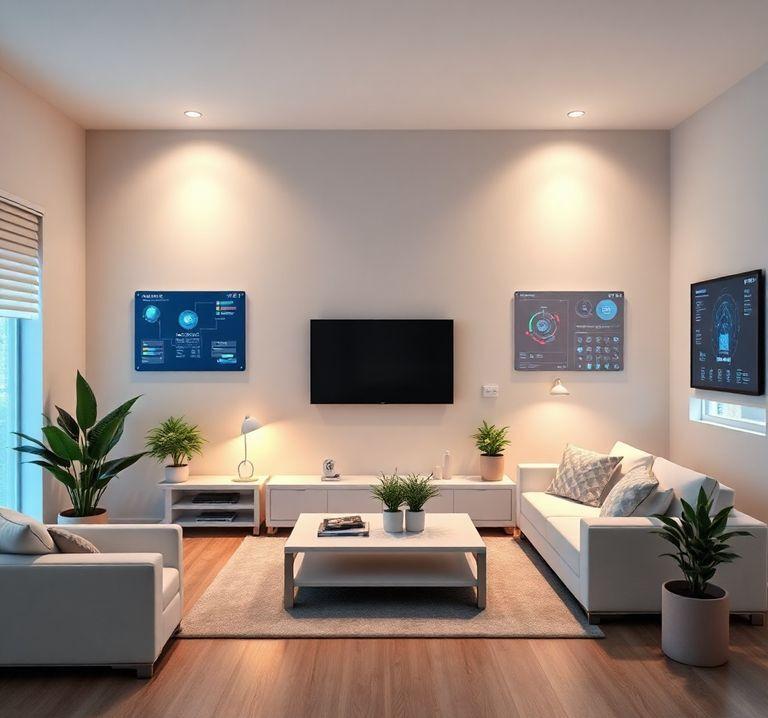Build a Smart Home with Arduino and ESP32
10.12.2024 - Engine: Gemini

Building a Smart Home with Arduino and ESP32
Smart homes are a growing trend that utilize technology to enhance comfort, security, and energy efficiency. With Arduino and ESP32, two popular microcontroller platforms, you can build your own smart home system and customize it to your specific needs.
Components Required
- Arduino or ESP32 board
- Sensors (e.g., temperature, humidity, motion)
- Actuators (e.g., lights, locks, blinds)
- Wireless communication modules (e.g., WiFi, Bluetooth)
- IoT platform (e.g., Azure IoT Hub, AWS IoT Core)
Projects
There are numerous smart home projects you can build with Arduino and ESP32, including:
- Temperature monitoring: Monitor room temperature and receive notifications when it falls outside of a specified range.
- Light control: Remotely control lights through a mobile app or voice commands.
- Home security: Set up motion sensors and trigger alarms in case of unauthorized entry.
- Automated blinds: Automatically open and close blinds based on daylight or schedule.
- Energy monitoring: Track energy consumption and receive alerts for abnormal usage.
Implementation
Implementing a smart home system with Arduino and ESP32 involves the following steps:
- Selecting and Connecting Sensors and Actuators: Choose the sensors and actuators you need and connect them to the Arduino or ESP32 board.
- Programming the Firmware: Write the firmware that will collect sensor data, control actuators, and communicate with the IoT platform.
- Setting up the IoT Platform: Create an account on an IoT platform and pair your devices with it.
- Developing a Mobile App (Optional): Design a mobile app that interfaces with the IoT platform and allows you to control and monitor your smart home.
- Testing and Fine-Tuning: Thoroughly test the system and make adjustments to optimize performance and functionality.
Benefits
Using Arduino and ESP32 for smart home applications offers several benefits, including:
- Cost-Effective: Arduino and ESP32 boards are affordable and readily available.
- Flexible: The platforms can be tailored to your specific requirements.
- Open Source: The software and documentation are freely available and can be modified as needed.
- Easy Integration: The platforms integrate seamlessly with IoT platforms and other smart home devices.
- Scalable: You can expand your smart home system with additional features and devices over time.
Conclusion
Building a smart home with Arduino and ESP32 is a rewarding project that can enhance comfort, security, and energy efficiency in your home. By leveraging these platforms, you can create a bespoke system that meets your unique needs.

